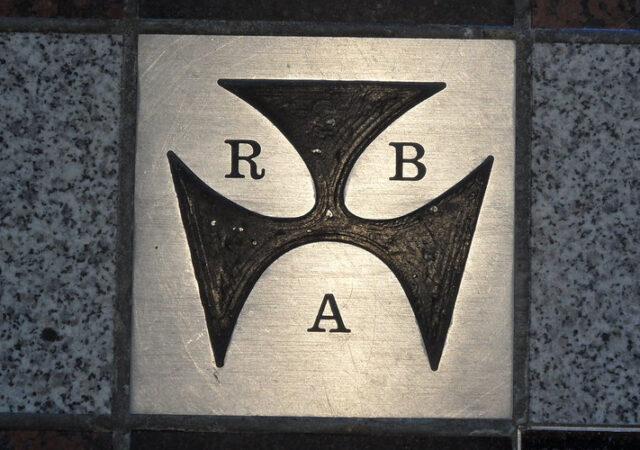Good news for renters – there are some early signs that the rent crisis is starting to soften.
Over the last couple of weeks I’ve been writing about emerging signs that the horrendous spike in rents is turning, despite what’s currently coming through in the CPI figures. There were more signs of that this week.
According to CoreLogic, rent values rose for the 35th consecutive month nationally in July, but monthly rent growth has eased over the past four months. In regional Australia, rent value growth has been slowing since April last year, and rents are close to flattening out (albeit at high levels).
Three reasons why rent growth will slow
CoreLogic reckons slowing rent growth is expected to be one of the key housing market trends next year, for a few reasons.
- Firstly, the RBA’s cash rate is expected to fall, which could increase investment and first home buyer activity.
- Secondly, household income growth is expected to slow, which might prompt a change in housing preferences.
- Lastly, stretched rental affordability could see movements to more affordable areas, and base effects mean there will be a limit to how high growth can go.
Household income growth rose higher through the pandemic. Initially because of the largest peacetime fiscal stimulus package on record, and later, the tight labour market sparked wages growth. Total gross household income in the national accounts has averaged 1.4 per cent per quarter since the start of the pandemic, almost double the growth rate in the five years prior.
A whopping 30.8 per cent of income needed to pay the landlord
But rising interest rates are reducing demand in the economy, the unemployment rate rose to 3.7 per cent through July, and annual growth in wages has slowed to 3.63 per cent. As income growth slows, Aussies who rent will increasing look to move back in with parents or re-form share houses.
The big jump in rents means 30.8 per cent of a household’s income is now used to pay the landlord… the highest proportion since 2014.
As a result, rent value growth is likely to slow because renters tend to be on lower incomes, which means there could be a ceiling on how high rents can go before tenants move out.
Reform is still needed
Most rental markets are now seeing growth flatten or decline, but as CoreLogic’s Eliza Owen points out, that doesn’t mean we should lose sight of reform.
“More can be done to ease rental values and make renting better,” says Owen. “The recent national cabinet proposals for housing are a great start… Minimum standards around the quality of rentals is also a positive step for improving the nature of the tenure. The provision of more social and affordable housing can also help to protect lower income households from the extreme fluctuations in rental values seen in the past few years.”
Get Kochie’s weekly newsletter delivered straight to your inbox! Follow Your Money & Your Life on Facebook, Twitter and Instagram.
Read this next:




























Trending
Sorry. No data so far.